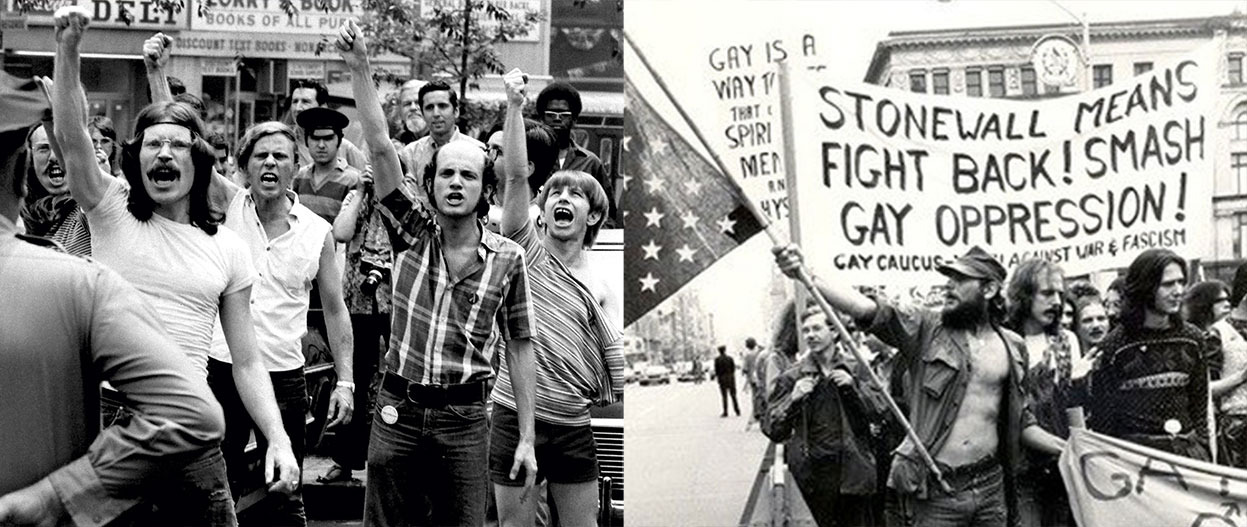
The Stonewall riots, also known as the Stonewall Uprising, Stonewall Rebellion, or simply Stonewall, were a series of spontaneous, violent demonstrations against a police raid that occurred in the early morning hours of June 28, 1969, at the Stonewall Inn in the Greenwich Village neighborhood of New York City. While these demonstrations were not the first time American homosexuals fought back against government-sponsored persecution of sexual minorities, the Stonewall riots marked a new beginning for the gay rights movement in the United States and around the world.
In the weeks and months following the riots, they formed politically active social organizations and started publications that openly discussed the rights of gay people. The first anniversary of the riots was commemorated with peaceful demonstrations in several American cities, eventually evolving into the pride parades we know today.
Very few establishments welcomed openly gay people in the 1950s and 1960s. Those that did were often bars, although bar owners and managers were rarely gay. The Stonewall Inn catered to an assortment of patrons, widespread among the poorest and most marginalized people in the gay community: drag queens, representatives of a newly self-aware transgender community, effeminate young men, hustlers, and homeless youth. Police raids on gay bars were routine in the 1960s, but officers quickly lost control of the situation at the Stonewall Inn and attracted a crowd that was incited to riot. Tensions between New York City police and gay residents of Greenwich Village erupted into more protests the next evening and again several nights later. Within weeks, Village residents quickly organized into activist groups to concentrate efforts on establishing places for gays and lesbians to be open about their sexual orientation without fear of being arrested.
Following the Stonewall riots, sexual minorities in New York City faced gender, class, and generational obstacles to becoming a cohesive community.
